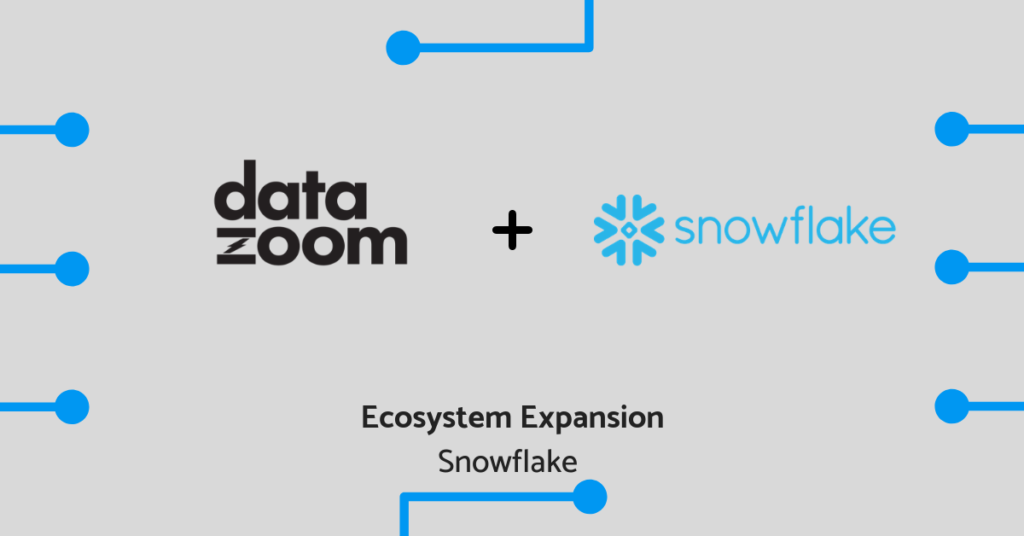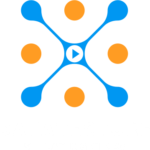Closing the performance gap between video and traditional television will require fast data.
Originally posted to LinkedIn | July 13, 2018
When it comes to video streaming, defining and understanding latency has become confusing and controversial. Latency factors into many aspects of video delivery, and yet what it means, how it is measured, and how we can improve it are topics not frequently discussed in the world of OTT and online video. Why? Because it requires vendor cooperation, a new set of data, and a fast infrastructure that has only been implemented by video giants like Netflix, Facebook, Amazon and Google.
What these companies have is a data-driven end-to-end infrastructure that enables them to adapt to issues from CDN origin to device without manual changes. Creating an end-to-end intelligent infrastructure is not going to happen overnight, but it doesn’t mean that there aren’t changes we can all be making today that can be immediately impactful. The future of OTT and online video stacks can look much brighter, simpler, and more manageable if we can leverage data to empower changes within a content distributor’s infrastructure, and within others.
The Importance of Low-Latency Data for Video
Latency is the delay between output and reception of information. For content distributors, two types of latency are critically important. The first is video latency — or the delay between a content transmission’s initiation and completion. It’s an important factor to control, especially for live events, where audiences want an “immediate” experience, as close to physical presence as possible.
Video Latencyis built into linear TV, which has an infrastructure that is less variable prone than the internet. It is typically about 5 seconds according to Brightcove, and exists to give distributors control over what gets broadcast (Janet Jackson at Superbowl XXXVIII comes to mind). Linear providers have the luxury of established channels for distribution which give them the privilege of building in latency. For online video, the internet is too haphazard and unpredictable, and latency in live video (for example) can be anywhere from 30 seconds to minutes behind a linear broadcast.
The second type of latency is the data latency. Data latency, is the delay in the “returning” information describing the streaming session and content playback, like QoS data points. For video distributors to get a hold on the latency with which they are streaming video, they need up-to-the-second data to accurately diagnose problems and improve quality.
Latency for Incident Detection
If the quality of video playbacks is affected, real time data can help identify which service or where along the video supply chain the hiccup is occurring. Maybe its a player side issue which the engineering team needs to address. Perhaps there is an error occurring over the CDN. Having real-time data means being able to predict consequences faster, like users calling in to complain about the service, or preventing a inflammatory tweet by recognizing issues before the world publishes them first. Regardless of the disturbance, only real-time data informs managers about their video delivery stack and where to pinpoint problems.
It’s An Uphill Battle for CDNs Against Distribution Latency
In order for OTT to have the ability to control video latency with the same precision as linear television, and provide the same viewing experience, content distributors need to look deeper into their video delivery pathways and have better visibility within each handoff from origin to end-user.
Today, an overwhelming amount of pressure (and consideration) for the optimization of the entire video delivery pathway on one point: the CDN. This is because the CDN is a directly contracted service by the content distributor. When it comes to end-to-end optimization, it’s generally accepted that the fewer file handoffs or “hops” to get to the end-user, the faster the speed and the higher the quality, as less hops mean that there are fewer chances of congestion and packet loss, which cause delivery quality and image quality issues. This is one of the criteria used to balance video traffic within a CDN’s own network, where they can choose to send data over a Transit provider or directly peer with an ISP to reach the end user. Sometimes one CDN isn’t enough, and in order to reach a worldwide audience, build-in redundancy, or control costs, many content distributors use multiple CDNs and CDN load-balancing platforms (like Cedexis, NicePeopleAtWork’s SmartSwitch and Conviva’s Precision) to help choose the best delivery pathway for each playback.
However, it seems as though the industry is placing all of its focus on addressing just a single step in a truly multi-step process. Anyone who has studied the supply chain knows that improved throughput upstream has no effect on overall efficiency if the throughput downstream cannot be matched, and vice-versa. Therefore, there is a natural “cap” to what we can get by optimizing just a single part of the process. If we really want to optimize the end-to-end delivery chain, we need to build in the consistency, quality and control across the end to end spectrum.
Understanding Transit, and How CDNs Make Transit Contracts
When a video file leaves a CDN, there are one of two options for the next step in the delivery path: either the file is handed off to the end-user’s ISP, or to a Transit provider. CDNs contract with Transit providers as a way of “extending” their infrastructure to connect to their audience’s ISPs. The Transit provider may have a direct relationship with the end-user’s ISP, or sometimes it will also need to hand-off the file to another Transit provider (and another, and another…) until the connection with the ISP is found. To some extent, the SLA of a CDN contract may only be as valuable as the contracts they have downstream.
But not all contracts are created equal. There are different SLAs and guarantees that are made with each type of Transit contract: Contracts with SLA, “Best Effort” and even “No Effort”, which are priced descendingly. A contract with SLA will “reserve” part of the connection throughput, with SLAs for packet loss and latency. A “Best Effort” contract means that there is no SLA, but traffic will take priority over “No Effort” traffic. There are cases where even if a CDN has a direct peering relationship with an ISP, the CDN might still push traffic over a Transit provider if the throughput at the peering point with an ISP goes above and beyond their contract.
So, why should content distributors care about peering agreements and Transit contracts? Because they can be a driving force (or bottleneck) for driving quality viewing experiences.
Optimizing Against Latency in Video Delivery is an End-to-End Effort
Improvements can be made within the content delivery chain through the use of data acting as a real-time performance feedback loop. Content distributors benefit from the visibility provided by QoS Analytics tools like Conviva’s Pulse, NicePeopleAtWork’s YOUBORA and Mux, but we have yet to see this data become actively incorporated by the stakeholders involved in the rest of the video delivery chain. Although partnerships between QoS Analytics platforms and CDNs are not uncommon, the benefit is mostly for the CDNs to know what their customers are seeing and to be able to predict the reports of problems and complaints.
The act of sharing data (which is done today), and using this data are two very different scenarios. In order to use data, data must be provided in both a format and a time-frame that fit with the back-end of the receiving entity, like a CDN. Data that is collected at a different frequency, packaged with other data, or data that is old no longer represents the latest conditions of the delivery network, and therefore we cannot program automated changes against it. There is a big opportunity for CDNs that have software-driven networking maps to have intelligent networking maps if they’re able to use data from the client as a feedback mechanism.
The real question for CDNs is, if they had whatever real-time you wanted coming from the client, would they balance their networks different? From Datazoom’s discussions with the industry, the answer is Yes. Just like trying to choose an flight if you don’t know the total fight duration or the number of layovers, CDNs are blind to key points of information, which makes optimizing paths downstream not just difficult, but impossible.
FREE WHITEPAPER | Solving the Data Standardization Problem in Streaming Video
The Potential Impact of Data Sharing Across the Delivery Chain
But the impact potential for data sharing doesn’t stop with the CDN. Transit providers as well as ISPs can use real-time feedback loops of data to detect and route around issues within their own networks as well. Let’s look at ISPs for an example: When an end-user is streaming content on Netflix and the stream fails, who do they blame? Likely either the content distributor or the ISP. Calls into an ISPs customer service center can create a significant cost center.
If ISPs used a real-time feedback loop of data to understand challenges in their own last mile of delivery they could not only reduce customer service calls but improve overall service reliability. The only problem is that today the content distributor is the only one who collects and has access to (if at all) to this data. With real-time collection and data segmentation (to separate technical data from business data) and routing, content distributors should be motivated to share data with ISPs in order to get better performance for their content, for what is truly a shared end-user customer.
Control the Video Supply Chain with Adaptive Video Logistics
Adaptive Video Logistics is a new class of software invented and pioneered by Datazoom. By returning data ownership to the content distributor and giving customers the flexibility to design data-pipes to carry data to wherever it is needed, whether that be an Analytics tool or a CDN platform. We care about latency too — Unlike other “real-time” tools, Datazoom collects and routes data in under 1 second, guaranteed. At Datazoom, we are dedicated to assisting content distributors overcome the pitfalls associated with slow, siloed data.
Interested in more information, or taking the next step? Click here to reach out to a Datazoom Wizard, and let us cast our spell on you.





